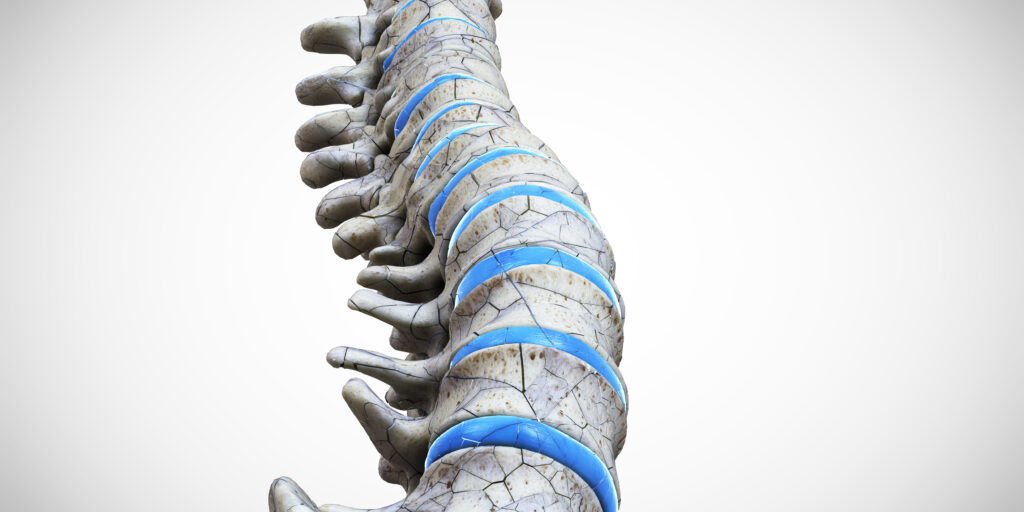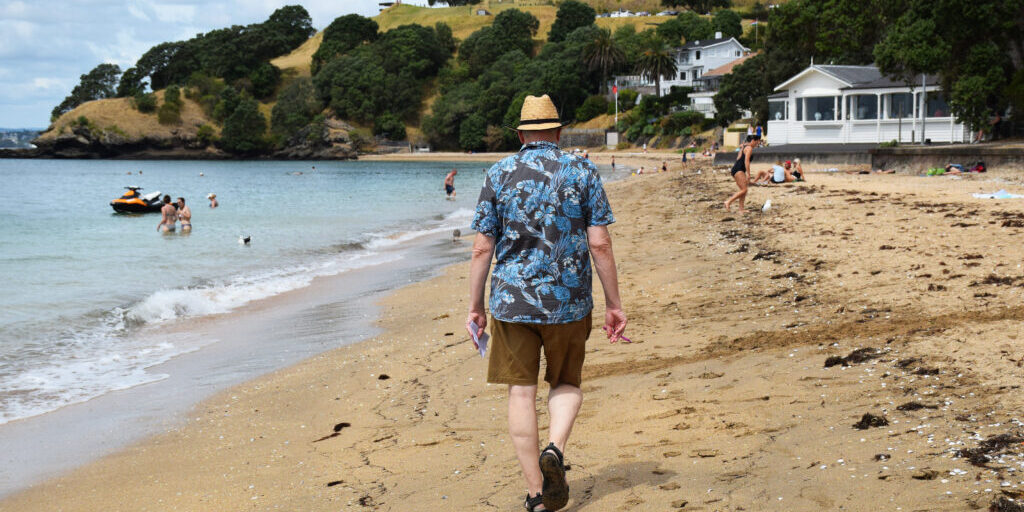Each year World Osteoporosis Day, which falls on October 20, offers an important reminder to all bone-related stakeholders – orthopaedic surgeons, geriatricians, physicians, paramedics, patients, policy makers, and the community alike – of our collective role in ensuring good bone health for all.
Orthopaedic surgeons are pivotal to the early diagnosis and treatment of osteoporosis to prevent first fracture. Bone mineral density (BMD) measurement using DXA scan, combined with a FRAX score, should form part of their daily clinical practice in managing those at high risk of osteoporosis, explains Dato’ Dr. Joon-Kiong Lee, Asia Pacific Fragility Fracture Alliance (APFFA) Joint Steering Committee Co-Chair, and Deputy Medical Director, Beacon Hospital, Petaling Jaya, Malaysia, in his article published in the Journal of Orthopaedic Surgery, titled ‘Take action for bone health’.
“Orthopaedic surgeons should ‘take action’ in primary fracture prevention by utilising proven anti-osteoporosis treatment to reduce the risk of osteoporotic fracture, together with clinical risk factors or BMD value generated by the FRAX algorithm, to predict future fracture risk,” Dato’ Dr. Lee said.
Dato’ Dr. Lee further argues that “orthopaedic surgeons play the most pivotal role in the management of fragility fractures.”
“Patients first present to us because we manage their fractures, surgically or non-surgically, to ensure proper fracture healing and allow them to return to the best functional status possible. However, many patients presenting to us with fragility fractures do not receive appropriate assessment of their bone health and fall risk, nor appropriate anti-osteoporosis treatment, and they have never had their fall risk assessed.
“Therefore, patients present to us with recurrent fractures as they fall repeatedly; with underlying fragile bones – ‘fracture begets fracture’,” explained Dato’ Dr. Lee.
In his article, Dato’ Dr. Lee argues that “managing fragility fracture alone is far from adequate” and that orthopaedic surgeons should proactively “lead, and champion” the following three bone health-related initiatives:
- Introduction of a coordinated, multi-disciplinary Fracture Liaison Service (FLS) for all Asia Pacific Orthopaedic Association (APOA) members, and for FLS to become part of their standard practice in managing fragility fracture patients.
- Inclusion of a Hip Fracture Registry (HFR) in the orthopaedic surgeon’s fragility fracture care tool chest, including use of the world-first, APFFA-developed Hip Fracture Registry Toolbox – an invaluable resource providing an overview of key lessons learned in the establishment of hip fracture registries to date, and tools to support registry development. To download the Toolbox in English, Chinese, Japanese or Korean, head to: https://apfracturealliance.org/hfr-toolbox/.
- Harnessing APOA’s recent formation of the Asia Pacific Osteoporosis and Fragility Fracture Society (APOFFS) to raise stakeholder awareness of fragility fractures and underlying osteoporosis, and to collaborate with other regional and global organisations on osteoporosis, geriatric medicines, rehabilitation, and fragility fracture.
“Orthopaedic surgeons should be well equipped with confidence and knowledge”; be “prepared to manage the pharmacological treatment for the underlying osteoporosis; and play a more proactive role in reducing patient’s fall risk,” Dato’ Dr. Lee said.
Furthermore, orthopaedic surgeons should “be prepared to work with a multidisciplinary team comprising physicians, a rehabilitation team, dietitians, and pharmacists, in order to provide the best care possible to our patients with fragility fractures.
“We need to work closely with our general physician colleagues, and the FLS team to provide orthogeriatric care without the geriatrician. We need to change our mindset and attitude, and improve our fragility fracture practice, in order to provide our patients with the best possible care,” said Dato’ Dr. Lee.
To read the full article, click here.





